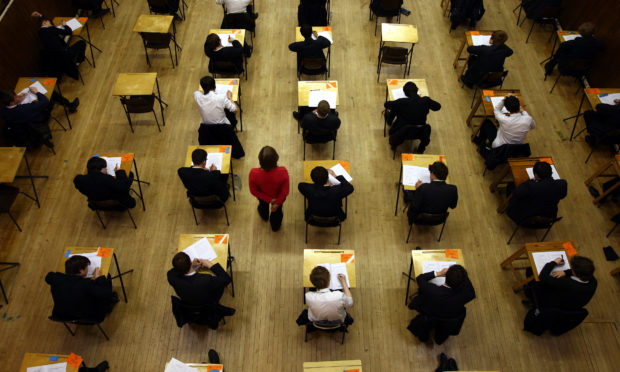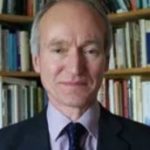The latest statistics on attainment in Scottish schools pile on the evidence that all is not well in Scottish education.
Take two headline examples. One is the percentage of school leavers passing five or more courses at National 5. That would be a respectable performance in mid-secondary. But barely one half (56%) managed it last year, a lower percentage than in every year since 2014.
Or consider getting three or more Highers – still informally the threshold for entry to higher education. Fewer than half (43%) of leavers achieved this, unchanged since 2015.
Not surprisingly, then, actual entry to higher education has also stagnated. At 40%, it was at its lowest since 2016. That decline was particularly strong for male students – at just one third, lower than in every year since 2014.
And it’s not that people are making up for this by going to further education colleges instead. That percentage, too, has been stuck at just over a quarter of leavers for the last 10 years.
These are national figures. Some parts of northern Scotland follow this trend quite closely, especially on entry to higher education. But in Highland and Moray, the percentage entering was worse than this, at under one third for males and females combined, lower than in every year in the past decade.
There are a few bits of better news. Across Scotland, social inequality of opportunity is narrowing. People in the most deprived communities are doing much better in school. The proportion of them who entered higher education rose from 18% a decade ago to 26% last year.
But that was accompanied by a stalling of progress in the more affluent areas, stuck at about 60% since 2014. Reducing inequality was not meant to be by holding back young people whose parents happen to be well-off.
How can we explain all this? The courses and exams all went through a big change around 2014, the point at which the decline started. These changes were because of the new curriculum that was introduced in primary school from 2010 onwards.
The curriculum has been widely criticised for lacking rigour. It emphasises skills rather than knowledge. Yet psychological research shows that proper learning needs knowledge. Skills are important, but are best learnt through knowledge.
So the question has to be asked — is Scotland’s new curriculum letting down Scotland’s young people?
Lindsay Paterson is Professor of Education Policy at Edinburgh University

